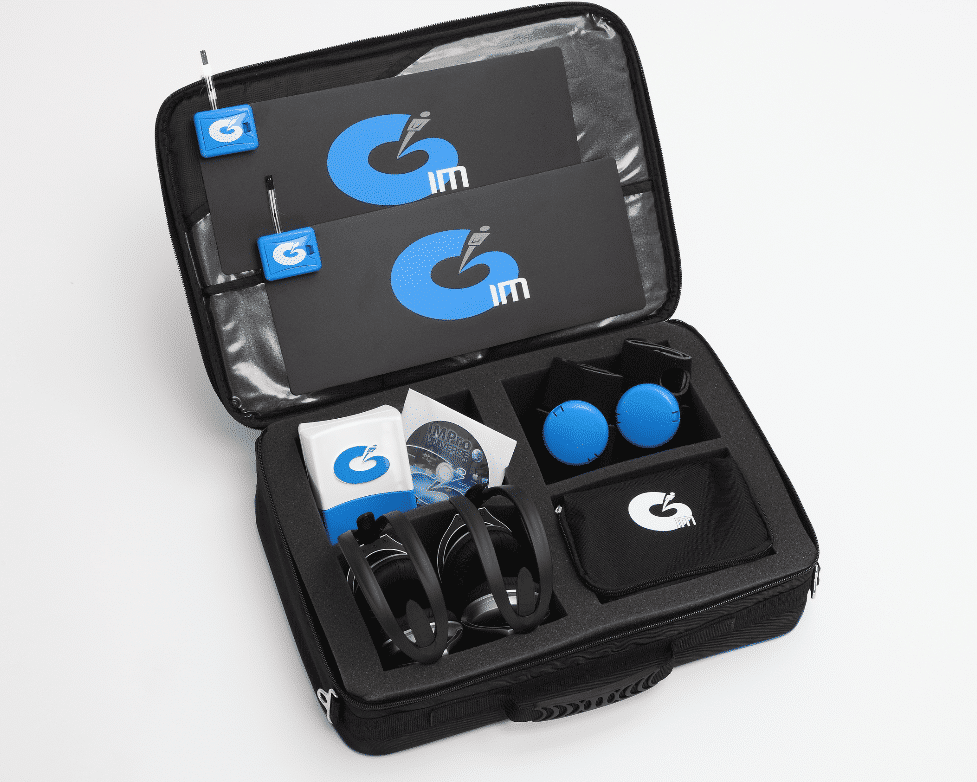Interactive Metronome Research Announcement

RESEARCH GRANT AWARDED TO STUDY INTERACTIVE METRONOME® THERAPY WITH AGING AMERICAN INDIANS
The National Institutes of Health through the National Institute on Aging has awarded a grant of $2,000,000 to study the effects of Interactive Metronome® (IM) therapy on aging American Indians. The three-year study, which will be conducted by the University of New Mexico and the University of Washington, aims to determine whether the IM intervention can improve cognitive and motor functioning among older American Indians.
American Indians (AIs) experience a disproportionately high incidence of cerebrovascular disease (CBVD) relative to non American Indians with twice the stroke rate of the general US population. Neuroimaging techniques have shown CBVD-related brain abnormalities to be associated with disruption of neuropsychological performance. Therapy for post-stroke cognitive impairment has been challenging. Cognitive therapy involves intense, focused, regular mental activity, intellectual stimulation, and behavioral exercises that assist individuals to regain or maintain cognitive function and reduce the risk of age-related cognitive decline and dementia after brain injury. Interactive Metronome® therapy is a promising form of behavioral therapy for CBVD-related cognitive and motor function. This technology uses operant conditioning of an individual’s responses through simple, repetitive motor tasks (e.g., clapping hands, tapping feet) in sync with a set beat. Through visual and auditory feedback, IM addresses processing speed, attention, and immediate and delayed memory, all of which can be affected by CBVD. IM therapy can improve quality of life, physical mobility, gait, balance and CBVD-related cognitive deficits.
This study’s findings will provide important insights into the relationship among cognitive and motor rehabilitation, neuropsychological assessment, and brain abnormalities in the American Indian who suffers from CBVD. These results will reveal if IM is a viable treatment option for reducing post-stroke challenges in not only American Indians but the general aging population as well.
